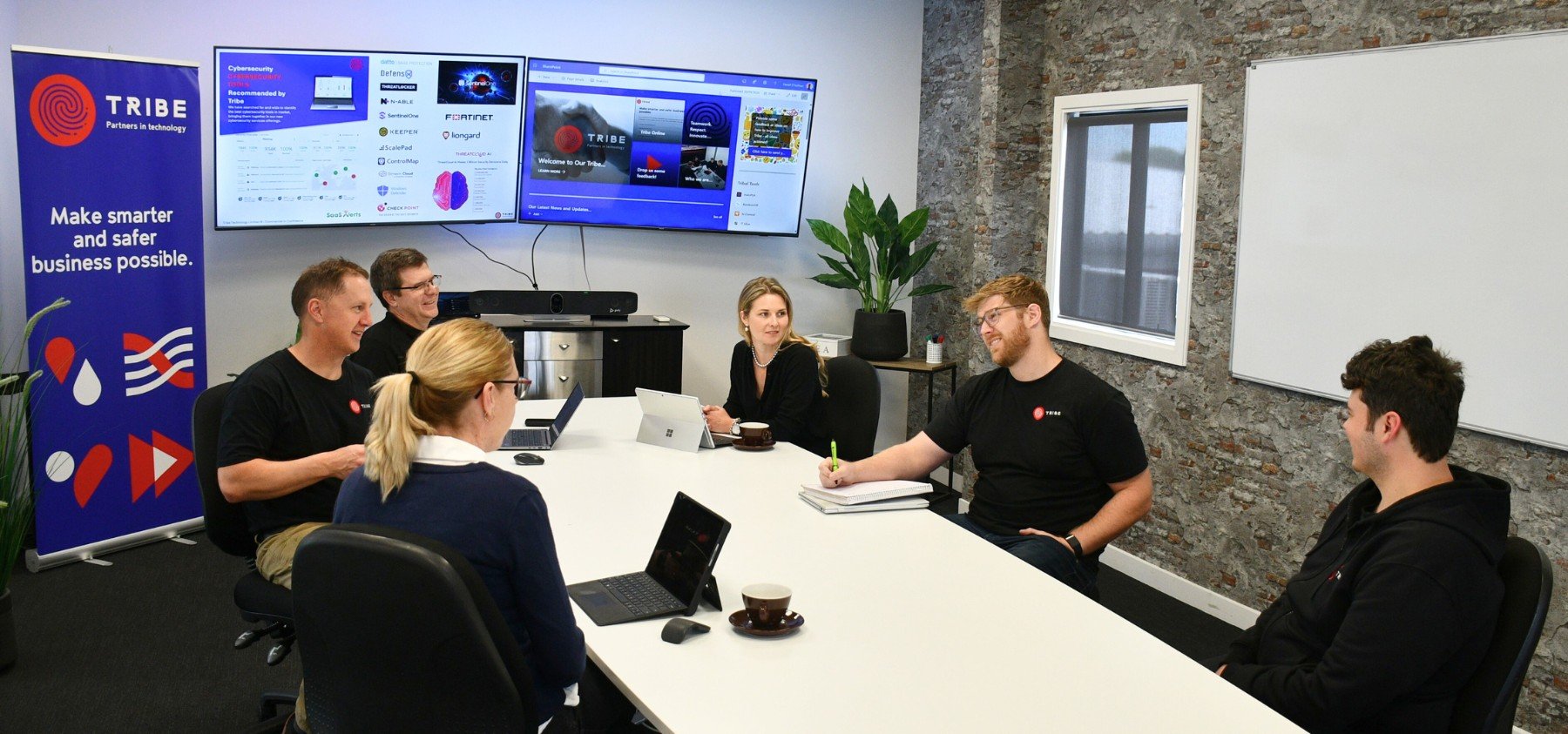We’ve had a good run with Windows 10 software (a whole decade in fact), but End of Life (EOL) is coming on October 14th, 2025 and a proactive upgrade to Windows 11 is on the cards for many companies. Why? This changeover allows you to stay secure, minimise downtime, and keep your tech on the right track.
At Tribe we’re committed to ensuring Kiwi businesses can make smarter and safer business possible – and a Windows 11 upgrade supports both of our goals. Because of this, we’ve put together a guide with all the key facts to help you to get ahead. Let’s jump into it.
What Does ‘End of Life’ Mean for Windows 10?
Also known as Windows End of Support, this means that key features won’t be available for this version once the EOL date arrives in October. This includes the security fixes and technical assistance you’d usually receive. Basically, if you stick with Windows 10 you won’t be running a supported version of the software, which can affect your compliance with cyber security frameworks. However, if you’re working with a technology partner like us, you’ll still be able to access support – things will just look a little different.
The Risks of Staying on Windows 10
So, why does this matter? Without these features, your business can run into risks and roadblocks including:
- Increased vulnerability in the face of cyber attacks – Without regular updates, security vulnerabilities won’t be fixed. This leaves a door open for cyber criminals, who target flaws to access systems and carry out attacks. This includes malware, ransomware, data breaches, and more.
- Issues upholding compliance – Delaying an upgrade to Windows 11 could also stop your business meeting compliance requirements for cyber security frameworks, which typically require you to run a supported version of Windows software. If you don’t upgrade, this could lead to downtime alongside penalties or fines.
- Problems with software compatibility – New software will be created with Windows 11 in mind, so if your system isn’t up to date, you could miss out on the latest solutions and tools that support smarter business.
- Increased support costs – When EOL occurs for Windows 10 you’ll lose support features, and it’s likely that support needs will fall to your IT provider – potentially resulting in increased support costs.
By now the benefits of a Windows 11 upgrade should be pretty clear. If you need extra incentive, you’ll not only avoid these risks – you’ll also unlock a heap of benefits thanks to AI-powered features and security. Some of these include Copilot on every device, Smart App Control to ensure only safe apps can run, Phone Link so you can make calls and send messages on your PC, and Snap layouts to organise your screen.
Your Upgrade Options
If your business is ready to make the change, the path you take will be determined by your current devices or solutions. In each case, it’s important to be proactive so you can avoid disruption down the line. Basically, don’t let the October EOL date lull you into a false sense of security. Your options include:
- Upgrading to Windows 11
This is the most straightforward option – if your devices are eligible, you’ll be able to upgrade to Windows 11.
- Buying New Devices
If your current devices don’t meet the minimum hardware specifications for Windows 11, it might be time to replace them. In some cases it’s possible to upgrade old hardware, but we recommend investing in new tech. With the right advice (we can help), you can make smart choices and find devices that support your needs while helping to future proof your business.
- Other Migration Strategies
If your business is using virtual desktops, like Windows 365 Cloud PC or Azure Virtual Desktop, you can rollout a streamlined Windows 11 upgrade through the cloud.
Preparing for a Smooth Upgrade
Now, let’s talk strategy. There are a few steps you’ll need to plan for, ensuring you can support a smooth upgrade process and support your team to achieve more.
- Audit your devices – Allowing you to get an overview of which devices are eligible for the upgrade, and any that aren’t.
- Plan for hardware replacements – Once your audit is complete, you’ll know how many devices need replacing and can plan for this.
- Backup your data – This ensures your data is safeguarded if any unexpected issues occur, preventing data loss.
- Schedule upgrades – Plan your upgrades, whether that’s inside or outside of business hours. This supports a smooth rollout, and ensures you can minimise downtime.
- Train your team – Make sure your staff can get the most out of the upgrade’s features, like Copilot, with training sessions.
How Our Tribe Can Help
As your local technology partner, we’re here to support every step of your Windows 11 upgrade and deliver a seamless process. We get started with an assessment to determine device eligibility, before creating a plan and managing upgrades so there’s minimal disruption. We can even stick around to empower your business with ongoing managed IT support and provide training for new features.
Get in touch with our crew today here, and we can kick off your journey.


